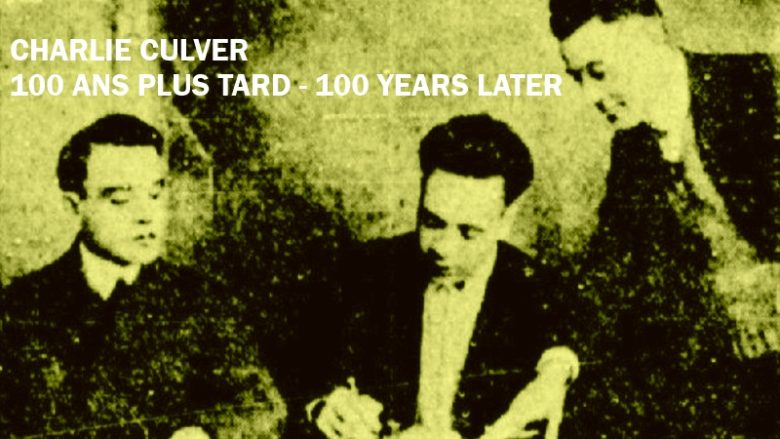By Christian Trudeau
Having grown up around New York City, Charlie Culver, also known as Calvert, played for a number of African-American teams in the Northeast (New York Lincoln Stars, Pennsylvania Red Caps, Havana Red Sox) between 1916 and 1921. After some brief visits to Montreal, he settled there permanently early during the 1921 season, playing for the Saint-Henri club in the Montreal City Baseball League.
March 1, 1922: Culver signs a contract with Saint-Hyacinthe – The St-Hyacinthe club, which was not affiliated with any league but wished to compete for the title of best baseball team in the province, signed two black players for the 1922 season, Charlie Culver and Franklyn Wallace.
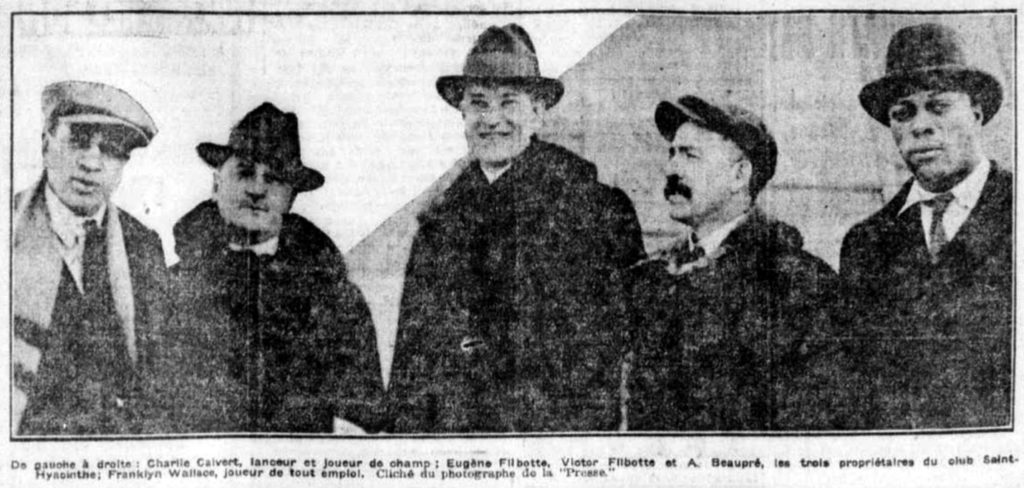
April 9, 1922: The Eastern Canada League is announced – Fulfilling plans made over the two predecing years, Joe Page announces that the Eastern Canada League will be part of Organized Baseball, as a “Class B” league. The four teams will be based in Montreal, Ottawa, Trois-Rivières and Valleyfield.
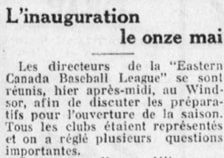
April 25, 1922: Charlie Culver signs with Montreal – The Montreal club of the Eastern Canada League signs Charlie Culver to a contract. La Presse welcomes this move, and adds that Culver has broken his contract with Saint-Hyacinthe.
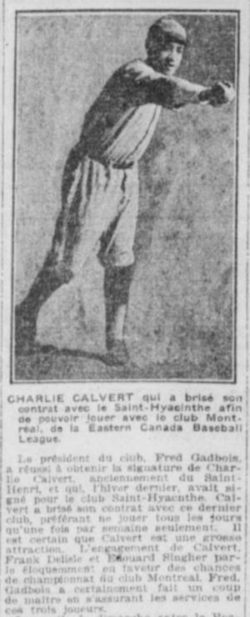
April 27, 1922: Criticism – The announcement of Charlie Culver’s signing is subject to criticism, but not due to his color. The Saint-Hyacinthe club complains that its star player has been poached, while the City League is harshly critical of a move to deprive it of a star player that it had worked to bring to Montreal the previous year.
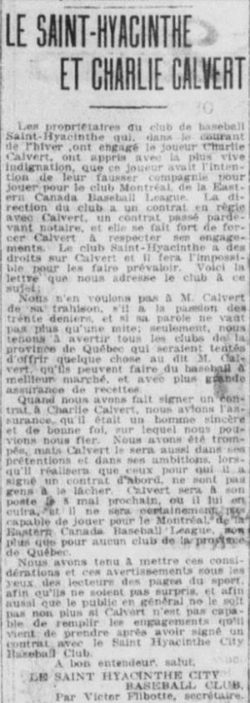
April 30, 1922: Exhibition game against the Boston Braves – To stir up publicity for his new league, Joe Page looks to hold a series of exhibition games against teams from the major leagues and the International League. The first visitors are the Boston Braves who play against the Montreal club. Culver plays shortstop and goes 2-for-4, including a double, in a 7-2 loss.
May 11, 1922: First regular season game – Charlie Culver is the starting pitcher for the inaugural game, as well as batting fifth. He becomes the first player to break the baseball color barrier since Jimmy Claxton in 1916, and shines by striking out 10 batters in a 7-2 win against Ottawa. He also hits a double and a homerun.
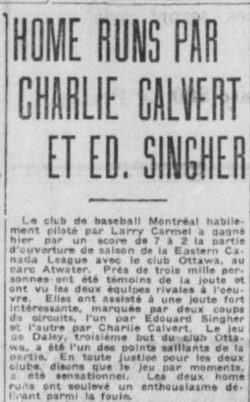
May 12, 1922: Another home run – Playing right field, Culver hits a game-tying homerun in the 8th inning. Montreal defeats Ottawa, 3-2 in the 9th inning.
May 13, 1922: Another base hit to complete a sweep – Montreal completes a three-game sweep of Ottawa with a 6-4 win. Still playing right field, Culver is 1 for 2 with a run scored. The following day, Montreal begins a series against Valleyfield but Calvert is not in the lineup.
May 15, 1922 : A second start and a second win – Taking advantage of some strong hitting support, Culver is less dazzling than in his first start, giving up ten hits and five runs to Valleyfield, in a 9-5 win. He strikes out three and gives up one walk. At the plate, he fails to get a hit for the first time, going 0 for 2, but scores a run.

May 16, 1922 : Three runs scored – In an 8-4 win, Culver, back in right field, hits a double and scores three runs, ending his afternoon going 1 for 2.
May 17, 1922 : A first loss with Culver in the lineup – Montreal, which had suffered its only loss when Culver was not playing on May 14th, lost for the first time with him in the lineup, 11-2 against Valleyfield. Culver goes 1 for 4. This will put an end to his short appearance in Organized Baseball. Local papers do not really mention his departure, and the next week-end, he suits up for Saint-Hyacinthe.
After the 1922 season – Culver will never get another chance in Organized Baseball, but will play with a number of semi-professional teams in Quebec during the next two decades, including a brief interlude in New York State in the early 1930s when he joined Chappie Johnson’s African-American team. Culver will end his career as the manager of the Ville-Marie club in the Montreal Royal Junior League in the 1950s.
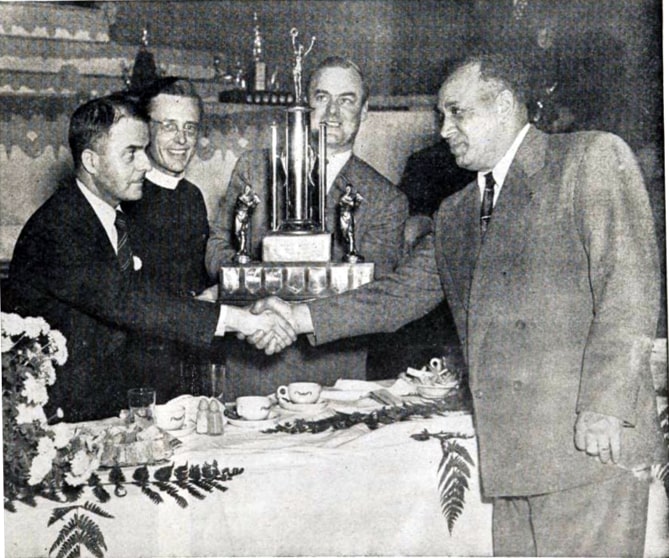
Impressive statistics: Culver ended his brief stay in Organized Baseball with the following statistics:
Batting: 6 games, 6 hits in 19 at-bats (.316), with 2 doubles, 2 homers and 7 runs scored.
Pitching: 2 games, 2 wins, 18 innings pitched, 18 hits allowed, 2 walks, 7 runs allowed, 13 strikeouts.
To learn more:

